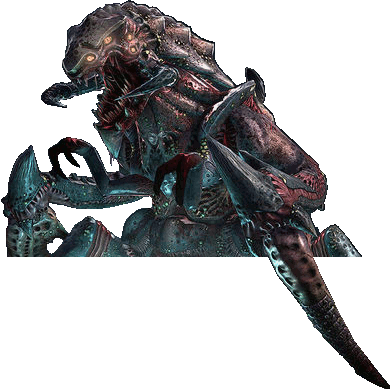Tools/DaemonMap
Obsolete
This tools is obsolete and should not be used anymore. The feature is now built in the game itself.
DæmonMap was a tool to generate Navigation mesh files for game levels from BSP files.
Starting with Unvanquished 0.54.0 the navmesh generator is built in the game itself so there is no need anymore to use an external tool.
Contents
Sources
The DaemonMap source repository is github.com/DaemonEngine/daemonmap.
The tool is a fork of Q3map2 focused on generating navmeshes (everything else has been stripped out).
Features
The tool was able to generate navigation meshes for Unvanquished maps (id Tech 3 BSP format).
No future
This tool has been replaced by in-game navmesh generation and is now obsolete. It has no future.
The -nav parameter to DaemonMap will generate a navigation mesh from a BSP file.
Use it like so:
Windows
daemonmap.exe -game unvanquished -nav mapname.bsp
Linux/macOS
daemonmap -game unvanquished -nav mapname.bsp
Optional parameters
The navigation mesh generation process is conservative by default. This means some areas (particularly, small ledges) that should be walkable may instead create a break in the navmesh which bots interpret as "I am unable to go past there." The following optional parameters give the map maker some control over navmesh generation to help with this.
-cellheightA lower cellheight will increase mesh generation accuracy at the cost of generation time and mesh size.
If there are gaps in the navigation mesh even though a player can easily just walk to get through, you can decrease the value to help.
-medianApplies a median filter to the walkable areas of the mesh to help contain any "noise."
See this article for more information.
-optimisticAttempts to compensate for cellsize inaccuracy by increasing the stepheight navigation mesh generation parameter based on the current samplesize. It is recommended to be used with a lower than default cellsize to help avoid over optimistic assumptions (i.e., saying some areas are walkable that really aren't). Useful for fixing breaks in the mesh caused by some small ledges.
This produces bad results depending on how big your
cellsizeparameter is, but generating the mesh in this way will be faster than simply decreasing thecellheight.

